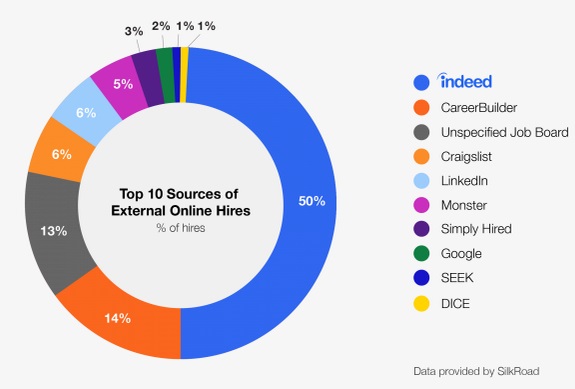A funny thing happens when the economy is good. Corporate Talent Acquisition pros believe that agency contingent recruiters should work their job openings like its the most important priority the recruiter has ever had. There are a couple reasons for this:
1. This opening is the most important priority for the Corporate TA pro, so it should be yours.
2. When the economy was bad, you treated the Corporate TA pro like they were your number one priority.
Then the economy gets good, and the agency folks have choices and now as a Corporate TA pro you find out who your real agency recruiting friends are! Those who will actually come through for you, when you call on them and tell them you have something urgent.
My Corporate TA friends are the ones who pay me.
Don’t take that wrong. You see this is the game we all play. You want me to work your opening, but you ‘really’ don’t want to pay me if you don’t have to. I get it. You get it. It’s the world of contingency recruitment. I spend most of my time just trying to truly determine who will pay me for the work I do. Because most of the work I do is for free.
So, now that the economy is good, way too many Corporate TA pro have unreasonable expectations of their agency counterparts. If I’m working for free, mostly, I’m going to be more picky about who I work for free for. If you have me work five openings, and you then fill all five on your own, I’m probably not working your ‘urgent’ number six. If you have me work three, and I fill one, I’m helping you out. It’s simple economics.
Something new is being added to the game. This happens when times are good for agency recruiters. There are two types of recruiting on the agency side:
1. Contingent – see above. Basically, I work for free until I find you someone you want to hire, then you pay me.
2. Retained – You pay me my big fee up front, and I work until I find you the person you want to hire.
Traditionally, retained is really only used for executive search, but when talent is hard to come by, you’ll also see it used in the professional ranks.
Recently, I’ve been seeing a new hybrid model of search show up, called Retained Contingent. Retained contingent is a mix of both models. It’s still a contingent search, but you’re paying me about 10-20% of the fee up front for me to prioritize your search to the top of the workload.
Let’s say you’re searching for an Engineering Manager for $100K, and signed a 25% fee agreement. The total fee upon placement is $25K. In the Retained Contingent model you would pay me $5K to start the search up front, then $20K upon placement guarantee. If I don’t find the person, after a contracted amount of time, the $5K is for my work, no other fee is owed.
This is a win-win for both the Corporate TA pro and the agency, but only if the Corporate TA pro is sure they want to pay for the search. If that’s the case, I want the benefit of retained focus and prioritization, without the risk of paying the full fee up front and having the firm not come through with a successful hire.
I don’t want to take you cash and then fail. You’ll make sure everyone knows I failed. But, I also have limited resources and want to focus those resources on the best clients. We both have skin in the game. That creates a partnership. That creates success.
Just wait. You’ll see a lot more of this over the next five to ten years. Corporate TA pros are getting smarter, and so are the agency pros. In the end, both sides want value for their work.

